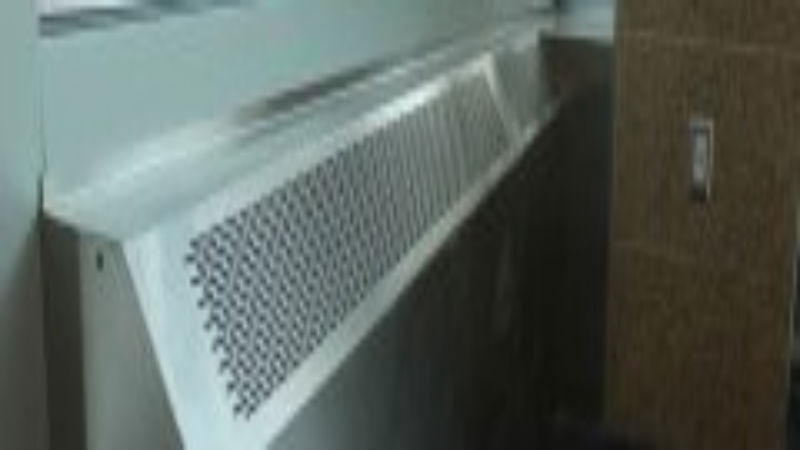Augers and conveyors are important tools for many industries such as construction, agriculture, and mining. The auger can even be used for digging holes for fences, tree planting, excavating holes for electrical and telecommunication posts.
How an Auger Works
An auger is a device that has a helical-shaped bit. A rotating helical screw blade can operate as a screw conveyor to get rid of the drilled out material. The rotating of the blade causes all materials to move out of the hole that is being drilled.
For demonstration purposes, let’s take a closer look at the powered auger. Select the size to be used and hook it on a power head. A powered auger can be used by either worker in a set of two workers depending on the type of power head. With this more advanced technological advancement to augers, a hole can be dug and a task completed in a matter of minutes rather than hours. This device can rotate 150 rpm or more depending on the power head being using. This will definitely save time and energy.
How an Auger Conveyor Works
The Auger, or screw conveyor, was originally used for lifting water. Even today, the basic design concept of the conveyor remains the same except power has replaced manual cranking to operate the equipment.
Let’s take a look at how an auger conveyor works. Screws are fixed in a trough that usually rests horizontally on the floor, saddles and feet. A cover is placed over it. The other parts in the assembly include feed and discharge spouts, shrouds, flange, couplings, bearings and through ends. The only moving part is the screw. It picks up the material that is fed and conveys it to the other end as it rotates. Gates can be used to control the feeding and discharge.
An auger conveyor can normally handle bulk dry materials. Since the trough is covered, dust contamination is not a real problem. The screws can be shafted or without shafts. They are available in different sizes. Normally they are used for straight line or slightly angled movement of materials.
For certain applications, multiple screws are also used. The materials from which screws can be manufactured include steel, stainless steel, nylon and Teflon. Sometimes aluminum or brass is also used. Anti-corrosive treatments are normally given for steel screws. Since the screws are wear resistant, maintenance is minimal.
Hopefully, the above information has helped to make the workings of an auger and an auger conveyor more understandable as well, and provided a better understanding of how efficient these powerful tools can be.



